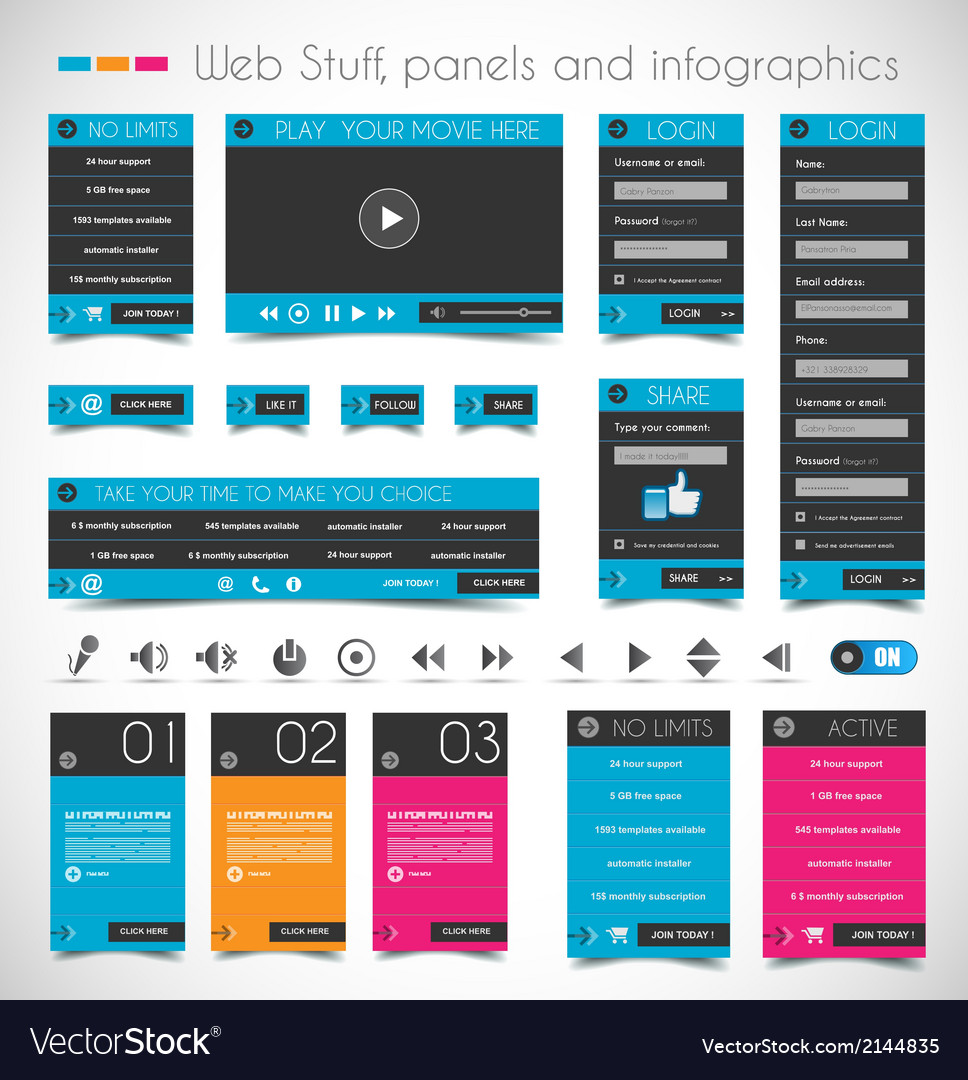The Advancement Of Internet Site Style: From Past To Present
The Advancement Of Internet Site Style: From Past To Present
Blog Article
Material Create By-Tobiasen Dalby
In the past, sites were straightforward and focused on details. Navigation was direct, and design was for desktops. Now, customer experience is essential. Information overviews designs for easy navigation. Receptive formats suit different gadgets. Today, dark mode reduces pressure, and minimal food selections improve navigation. Interactive features engage customers, and vibrant visuals stand out. AI integration increases engagement. See just how layout has actually developed to enhance your online trip.
Early Days of Web Design
In the very early days of website design, simpleness preponderated. Websites were fundamental, with restricted colors, typefaces, and formats. The emphasis got on giving information instead of showy visuals. Customers accessed the internet through sluggish dial-up links, so speed and functionality were crucial.
Navigating food selections were straightforward, typically situated on top or side of the page. Web sites were made for home computer, as mobile surfing wasn't yet widespread. Content was king, and developers focused on very easy readability over complex design elements.
HTML was the primary coding language utilized, and developers had to work within its restrictions. Computer animations and interactive functions were minimal contrasted to today's requirements. Internet sites were fixed, with little vibrant web content or customized user experiences.
Rise of User-Focused Style
With the advancement of website style, a change towards user-focused layout principles has ended up being significantly prominent. Today, producing sites that focus on individual experience is essential for involving site visitors and attaining service goals. User-focused style includes understanding the requirements, choices, and habits of your target audience to customize the website's format, content, and features as necessary.
Developers now perform thorough research study, such as user studies and usability testing, to collect understandings and feedback directly from users. This data-driven strategy assists in creating instinctive navigating, clear calls-to-action, and aesthetically enticing user interfaces that reverberate with visitors. By https://www.marketingweek.com/sainsburys-digital-marketing-push/ at the facility of the layout process, web sites can provide a much more individualized and pleasurable experience.
Receptive style has actually likewise emerged as a key element of user-focused layout, making certain that sites are enhanced for different gadgets and screen sizes. This adaptability boosts availability and functionality, accommodating the diverse methods customers communicate with websites today. Basically, the surge of user-focused layout represents a shift in the direction of developing digital experiences that prioritize the requirements and assumptions of the end individual.
Modern Trends in Web Design
Explore the latest patterns forming website design today. One noticeable trend is dark setting layout, using a sleek and modern look while lowering eye pressure in low-light settings. Another key pattern is minimal navigating, simplifying menus and boosting individual experience by focusing on essential elements. Integrating micro-interactions, such as animated switches or scrolling impacts, can create a much more engaging and interactive site. Receptive style stays vital, making sure smooth individual experiences throughout various tools. Furthermore, making use of bold typography and unbalanced layouts can include visual interest and accentuate details content.
Integrating AI innovation, like chatbots for client support or individualized suggestions, improves individual engagement and streamlines procedures. Availability has also end up being a substantial pattern, with designers prioritizing inclusive layout techniques to cater to varied individual needs. Welcoming sustainability by enhancing website efficiency for speed and effectiveness is an additional arising fad in web design. Working together with individual comments and information analytics to repeat and improve layout continuously is important for remaining appropriate in the ever-evolving electronic landscape. By welcoming these modern patterns, you can create a visually appealing, straightforward site that reverberates with your target market.
Conclusion
As you review the evolution of internet site style from the very early days to now, you can see how user-focused design has become the driving force behind contemporary fads.
Accept the journey of modification and adjustment in web design, always maintaining the customer experience at the center.
Stay existing with the latest trends and innovations, and never quit developing your approach to develop visually stunning and user-friendly web sites.
Develop, adjust, and develop - the future of web design is in your hands.
